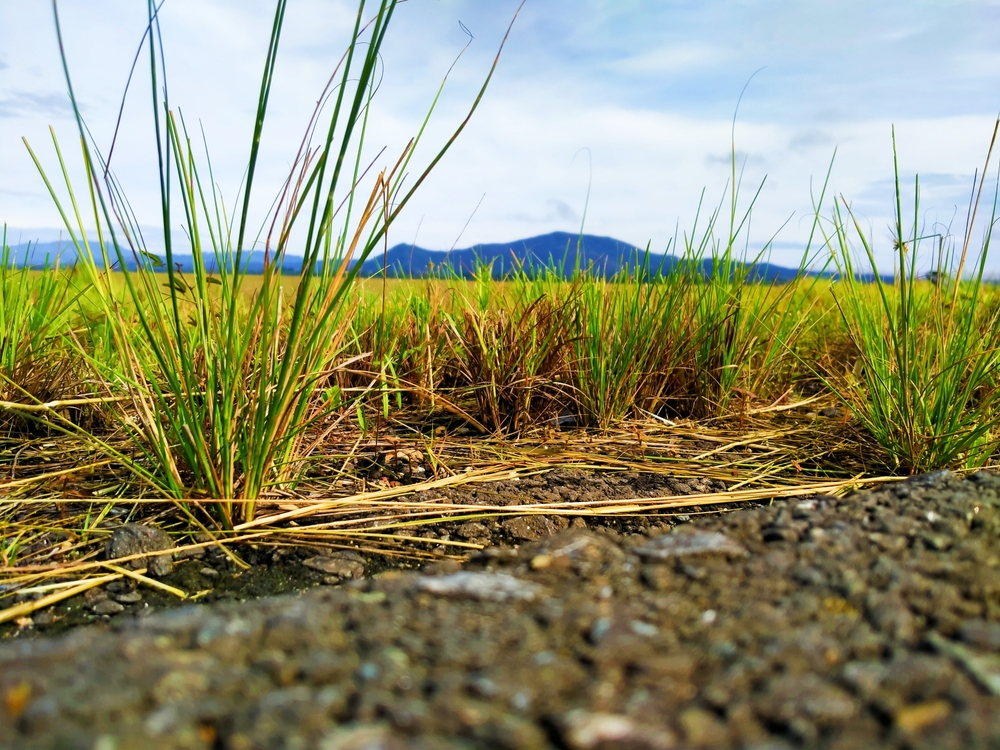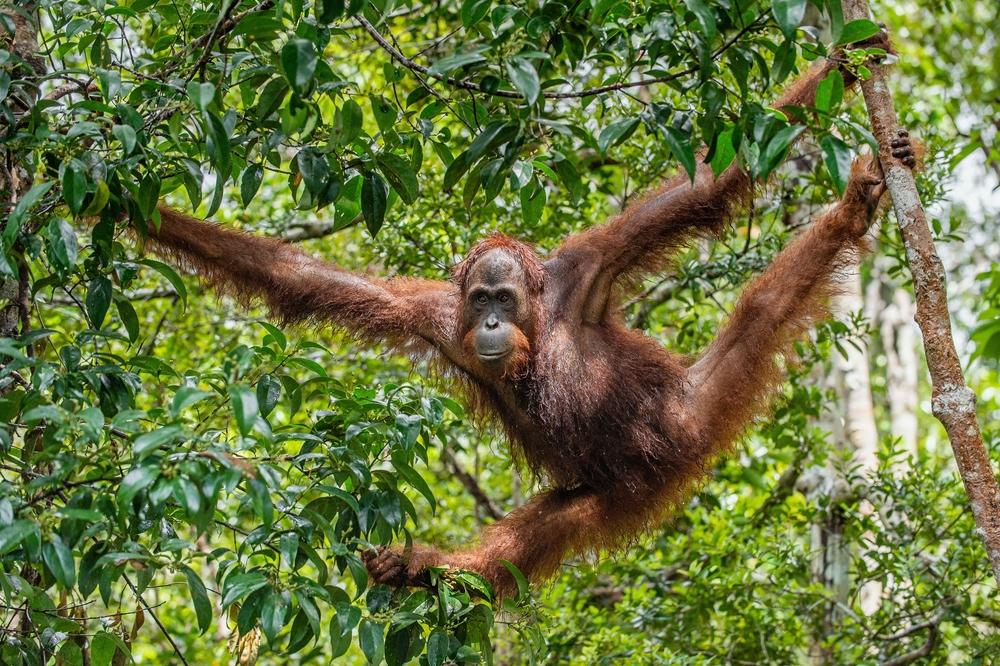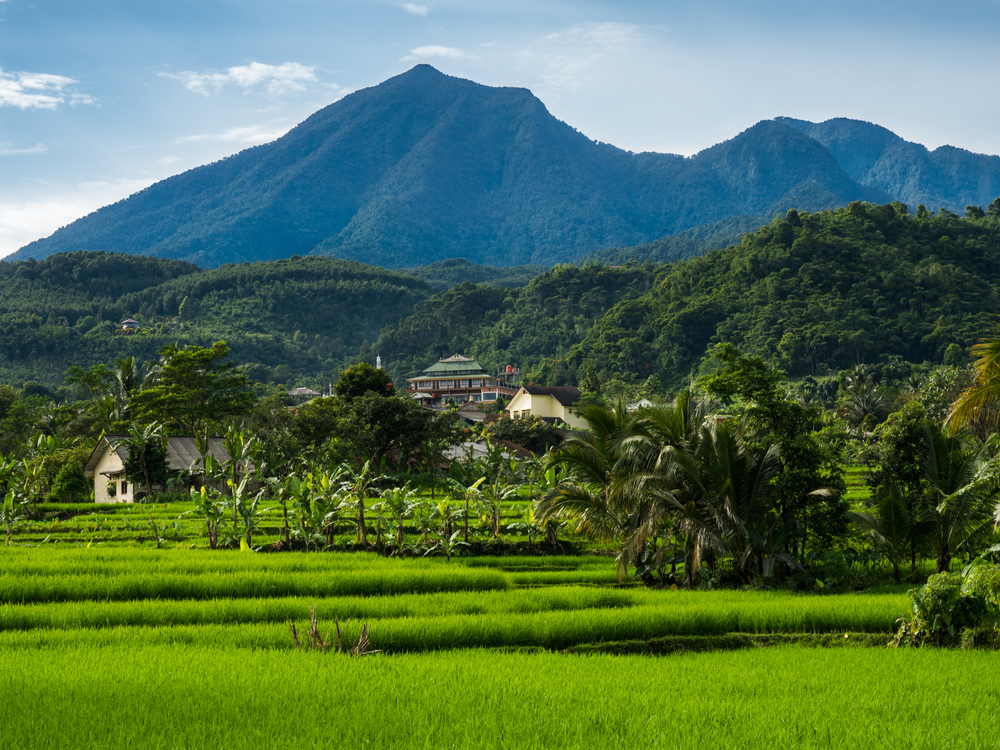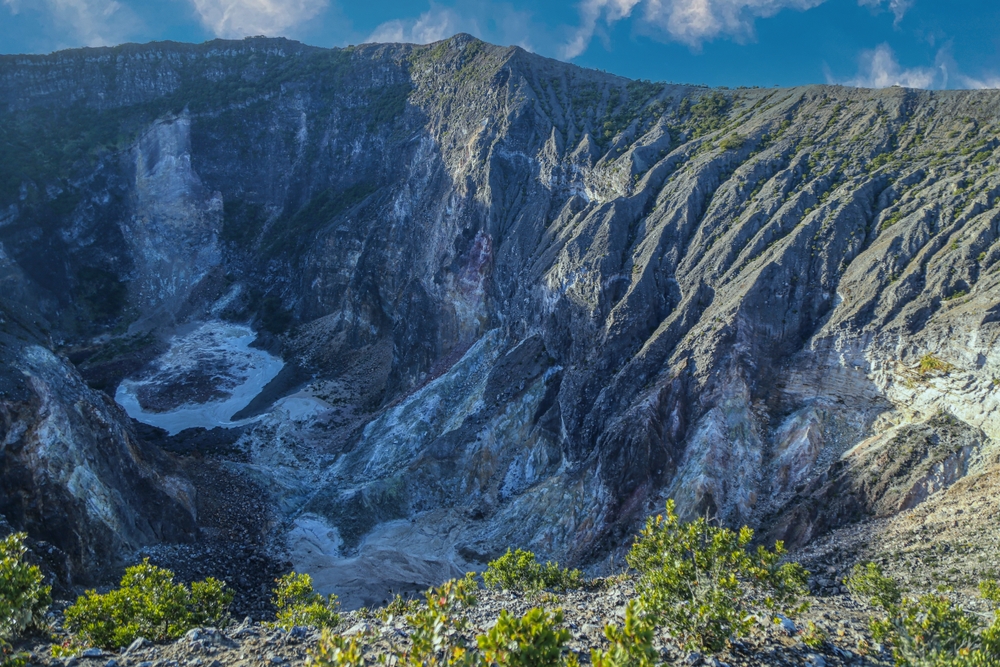Sembilang Overview
Sembilang National Park, or Taman Nasional Sembilang in the local Indonesian language, is a sprawling wetland reserve located on the southeastern coast of Sumatra, Indonesia, within Banyuasin Regency of South Sumatra Province.
Covering an area of approximately 780 square miles (2,030 square kilometers), this protected area is renowned for its vast mangrove forests, freshwater swamps, and coastal ecosystems, making it a biodiversity hotspot and an integral part of the larger UNESCO-listed Tropical Rainforest Heritage of Sumatra.
The terrain of Sembilang National Park is characterized by an intricate network of tidal rivers, mudflats, estuaries, and dense mangroves that dominate the coastal stretches. The park’s name, “Sembilang,” refers to a local species of catfish commonly found in the area, highlighting its rich aquatic biodiversity.
The landscape also includes peat swamps and grassy marshes, which create a striking contrast to the shimmering waters of the nearby Bangka Strait. Seasonal flooding and tidal changes shape the region, supporting unique vegetation such as nipa palms, mangrove apple trees, and towering stilt-rooted mangroves, which serve as critical buffers against coastal erosion.
The park is a haven for wildlife, with a remarkable array of species adapted to its wetland and mangrove ecosystems. Among its most iconic residents are the critically endangered Sumatran tiger and the elusive Malayan tapir, though sightings of these species are rare due to their dwindling populations and shy nature. Sembilang also supports large populations of proboscis monkeys, long-tailed macaques, and wild boars.
Bird enthusiasts flock to the park for its incredible avian diversity, with over 200 species recorded. The park is a key stopover for migratory birds from as far as Siberia, including the lesser adjutant, milky stork, and black-capped kingfisher. During the migration season, thousands of birds gather in the mudflats, creating a mesmerizing spectacle for visitors.
One of the park’s most popular features is its expansive mudflats, where visitors can witness flocks of wading birds feeding during low tide. Another highlight is the intricate mangrove forest, best explored by boat or kayak, offering a serene journey through a labyrinth of waterways teeming with life.
The annual Sembilang Birding Festival draws nature enthusiasts and conservationists from around the globe, celebrating the park’s role in supporting migratory bird populations.
Visitors can experience Sembilang National Park through guided boat tours, wildlife-watching expeditions, and nature photography. Kayaking through the mangroves and mudflats allows for an intimate encounter with the park’s serene landscapes.
Conservation efforts within the park have been both challenging and rewarding. While illegal logging, poaching, and land conversion for agriculture remain persistent threats, the Indonesian government and various NGOs have made strides in community-based conservation programs, mangrove reforestation projects, and patrolling initiatives to protect endangered species and critical habitats.



















































































